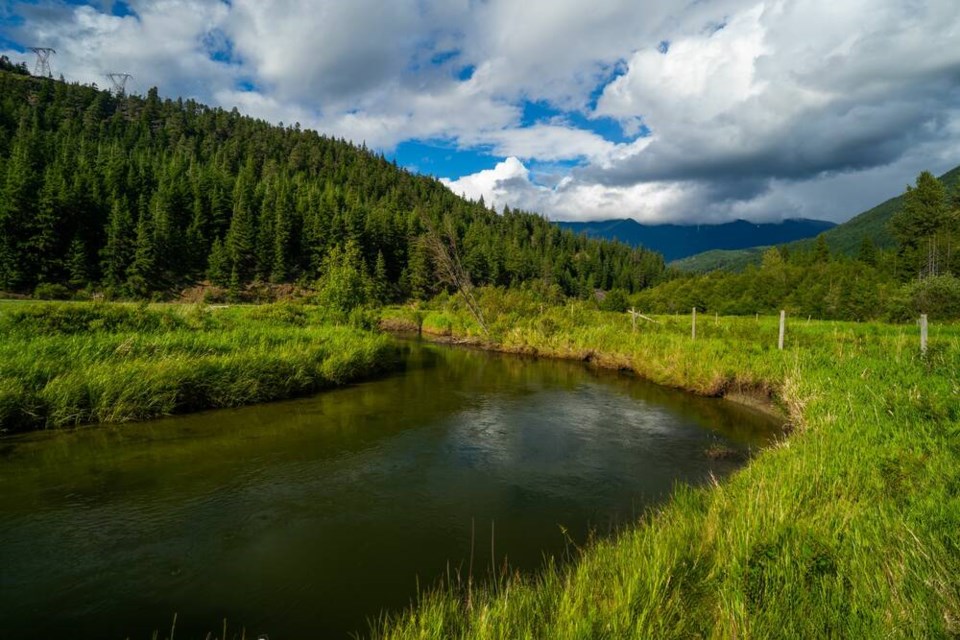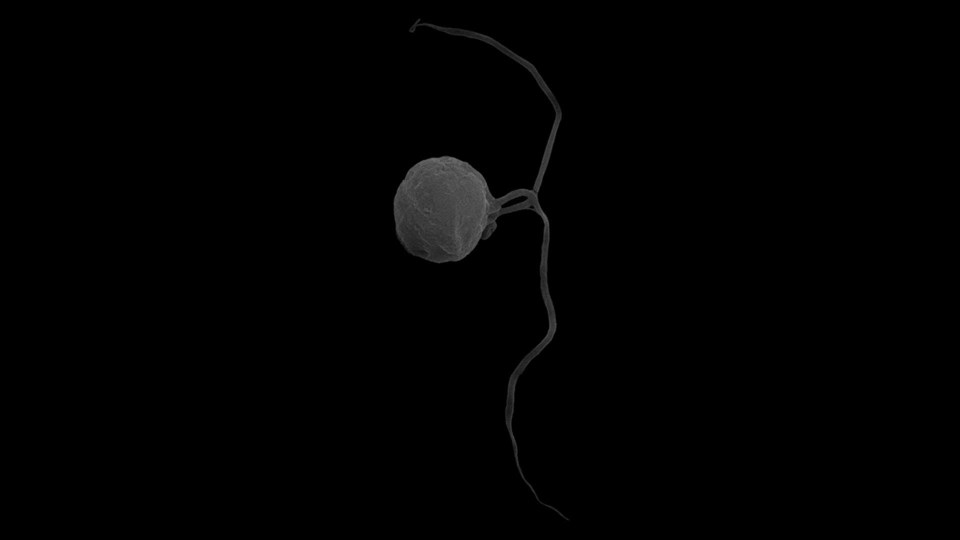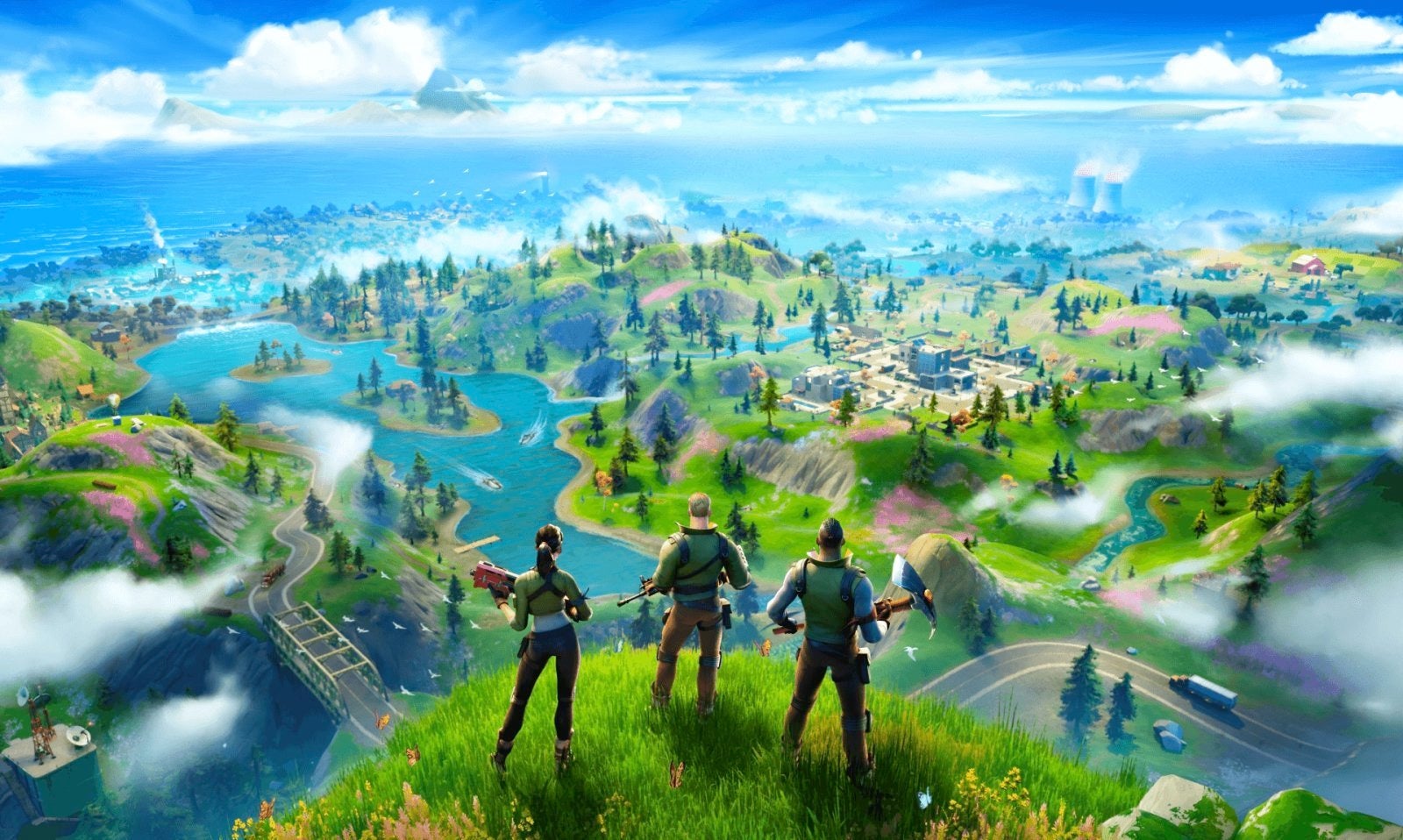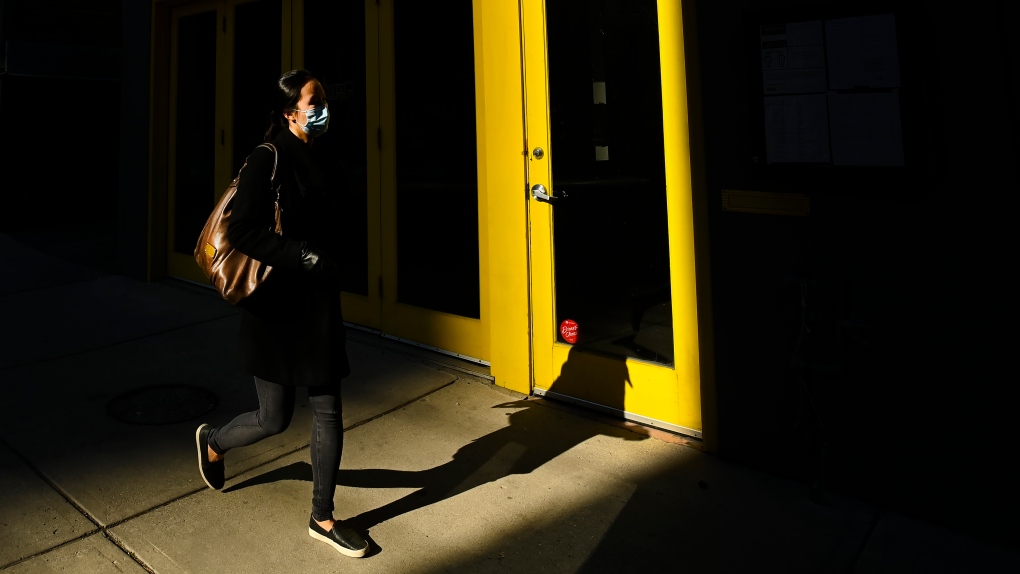COP15
Indigenous people recognized as leaders at biodiversity summit, but not equals in negotiations
Indigenous lands contain about 80% of Earth's remaining
biodiversity
Behind the rainbow-tinted windows of Montreal's Palais des congrès, the hallways of the sprawling downtown convention centre hum with activity as international delegates hurry from one meeting to the next during the United Nations biodiversity summit, COP15.
A total of 195 nations plus the European Union have a seat at the negotiating table as world governments meet on the traditional land of Kanien'kehá:ka Nation to hash out a global biodiversity framework. The framework aims to save nature from the brink by cutting pollution, ensuring sustainable forestry and agriculture practices, and protecting at least 30 per cent of land, freshwater and oceans by 2030.
There is a significant Indigenous presence on the ground, with at least 497 of the 15,723 people registered to attend the summit representing Indigenous nations or organizations.
But none of those Indigenous nations have decision-making status.
"We always have to have this sponsor to speak for us. It's as if we are children," said Jennifer Corpuz, who is a representative for the International Indigenous Forum on Biodiversity at COP15.
Indigenous nations are not among the list of parties with status under the United Nations Convention on Biological Diversity. Put simply, they don't have equal status during negotiations compared to a country like Canada.
Indigenous lands contain about 80 per cent of the world's remaining biodiversity, while making up about 20 per cent of the Earth's total territory, according to the UN. Many scientists, environmentalists and world leaders have recognized their leadership as environmental stewards, and experts on how to best live in harmony with nature.
"We need to work side-by-side with the most effective guardians of biodiversity — Indigenous Peoples," UN Secretary General Antonio Guterres said to the press during his opening remarks on the first day of negotiations at COP15.
Yet getting a seat side-by-side other nations is not always guaranteed, Corpuz said.
"It's quite ironic. Sometimes we just feel like it's lip service."
Corpuz is Kankana-ey Igorot and comes from the mountainous northern region of the Philippines. She said in the large plenary meetings, where all parties come together, Indigenous representatives can speak out and share their point of view. But when negotiations break into smaller groups for detailed discussions, the process gets more complicated.
"We can only participate at the discretion of the co-lead," Corpuz said. In other words, they need permission to enter the room and sit at the table.
Sometimes they are allowed to join, other times they are refused entry. She said if Indigenous representatives want to propose a change to the biodiversity framework, they have to be supported by at least one party.
"It has happened many times before that we make our proposals and nobody supports it, and so it just gets carried away on the air," Corpuz said.
"Why not let the best protectors of nature speak out at this conference?"
During this conference, she said countries seem to have been listening to their advice so far. But she said Indigenous people should have the right to speak on their own merit.
Cultivating the land since the dawn of time
Jérôme Bacon St-Onge, vice-chief of the Innu Council of Pessamit in Quebec, agrees it is a bit absurd.
"We have been in the Americas since time immemorial, we have cultivated the land, lived on the land, and occupied the land since the dawn of time, but we don't have legal status at the United Nations."
He drove eight hours from his community on the north shore of the St. Lawrence River to attend the conference, and said he plans to do what he can to push for the recognition of Indigenous-led conservation.
"Our presence here at COP15 is to share our message of territorial protection and to lead governments to take concrete actions," he said.
From the other side of the world, Chief Viacheslav Shadrin travelled to Montreal to share a similar message.
"We are here to find solutions to help nature … and to help us, all of humankind," he said.
Shadrin is Chief of the Yukaghir Council of Elders and comes from the Republic of Yukaghir Council of Elders in Russia's Arctic.
He said Indigenous people, as guardians of nature, should have a larger role in negotiations. While they are being increasingly recognized as leaders on the world stage, he said there is more work to be done.
"We must take part in all decision-making processes," Shadrin said. "We must receive more rights."
The global biodiversity summit runs until Dec. 19, with the arrival of ministers mid-week for the high-level segment of negotiations. Discussions are expected to culminate in what many hope will be an ambitious plan to protect nature over the next decade.








/cloudfront-us-east-1.images.arcpublishing.com/tgam/BVATS3EULFE3TCJDD5ZFAWZXIQ.jpg?resize=780,470)
